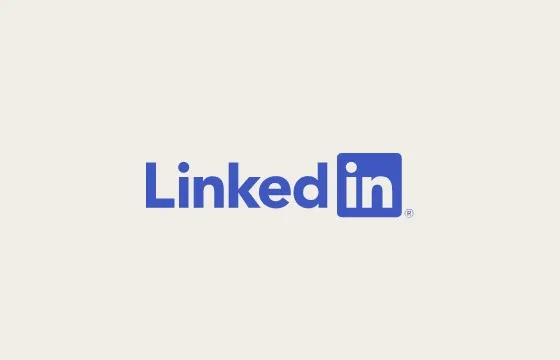LinkedIn Shares New Insights into How Public Group Posts are Distributed

Could LinkedIn groups be making a comeback?
I mean, probably not. Long gone are the Halcyon days of robust LinkedIn groups, most of which have since been overrun by spammers and scammers looking to get attention at all costs, which has rendered most groups, and group notifications, as spam themselves.
But maybe, there is a way for LinkedIn to get at least some groups back on track.
Maybe.
Today, LinkedIn has published a new overview of the work that it’s put into building public groups, which is an option that LinkedIn’s still in the process of rolling out to all users.
Public groups, as the name suggests, are wholly viewable by members and non-members, as opposed to having to join a group to see what’s happening within it. Up till a year ago, LinkedIn users could only create “listed” or “unlisted” groups, with listed communities showing up in relevant searches, and unlisted ones hidden from non-member view. So you could find a listed group, but you’d still have to join it to get a view of the discussions happening within. But with public groups, they’re both listed and the content is viewable.
Which, according to LinkedIn, has been a positive:
“Over the last few years, the Groups product has evolved significantly across feed, notifications, creators, group discovery, content moderation, and other domains of organizer tooling. In continuation of these improvements, we launched public groups to help non-group members see valuable conversations happening in groups, and to help group organizers and creators foster more engagement and a stronger community. This has led to a 35% increase in daily group contributors and a more than 10% incremental increase in joins in these groups.”
Which makes sense. Enabling users to view what’s happening within groups, especially highly active, well-moderated ones, is going to attract more members. But it is also interesting to consider whether there might be value in switching your group to public, and making it more of a focus.
Within the new technical overview, LinkedIn explains that public group posts are eligible to be distributed in member timelines, as well as their expanded networks.
“For posts created inside public group, we set the distribution to MAIN_FEED to allow for distribution on the home feed to group members, first degree connections of the author, and first degree connections of any members who react/comment/repost on the post. This helps increase distribution of public group posts.”
That could facilitate good distribution for public feed posts, and could help to increase engagement within your LinkedIn group.

As you can see in this example, another strong lure is that only group members can comment on a public group post. Anyone can react to a public group update, but you have to actually join the community, which you can do via the CTA, to participate in the discussion.
In combination, this could be a powerful way to maximize group engagement, and depending on where that fits into your strategy, it could put more emphasis on LinkedIn groups as a means to broaden connection and community.
Though, as noted, many soured on LinkedIn groups long ago, once the spammers settled in. Back in 2018, LinkedIn actually tried to initiate a groups refresh, with new regulations around spam, and limits on notifications about groups activity, to discourage misuse.
That, seemingly, didn’t have a huge impact, but as LinkedIn notes, it has continued to update its group rules and processes, in order to make it a more compelling product.
Could it be worthy of consideration once again?
There are definitely things to like here, and for those who already have active LinkedIn groups, making the switch to “Public” could have some benefit.
I do think that LinkedIn groups require strong moderation to maximize their value, and establishing a core focus statement for your group, and what it’s for, is also essential to help to guide your direction.
But maybe, they’re worth a look once again.
Maybe.
You can read more about LinkedIn’s latest public groups updates here.



